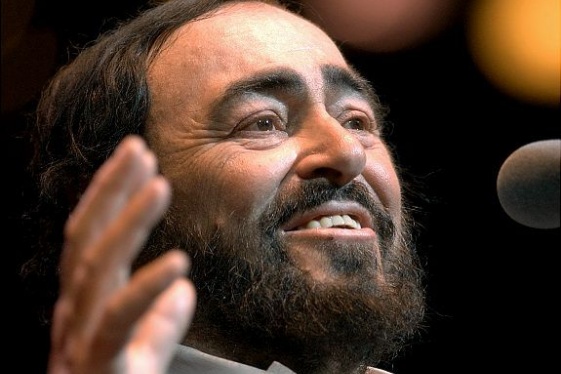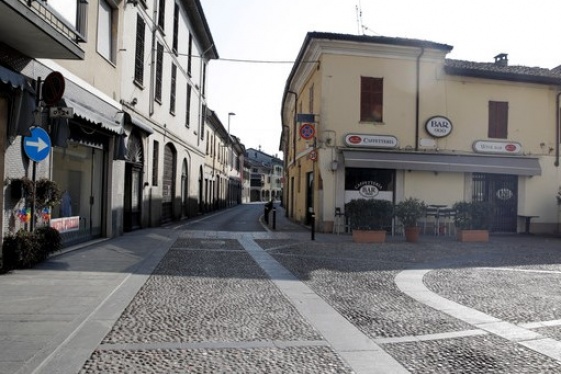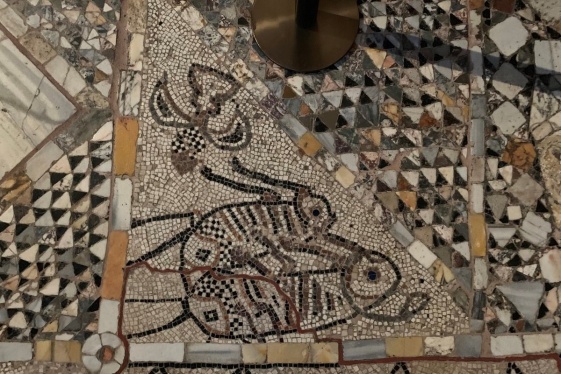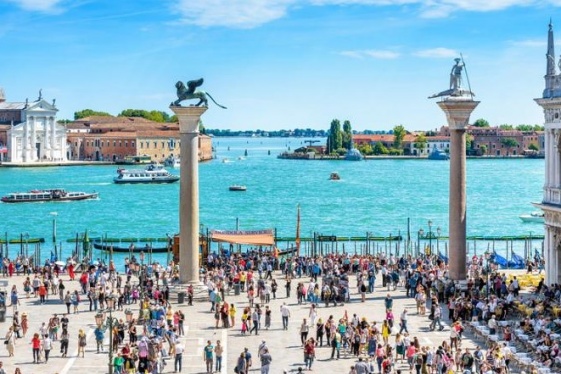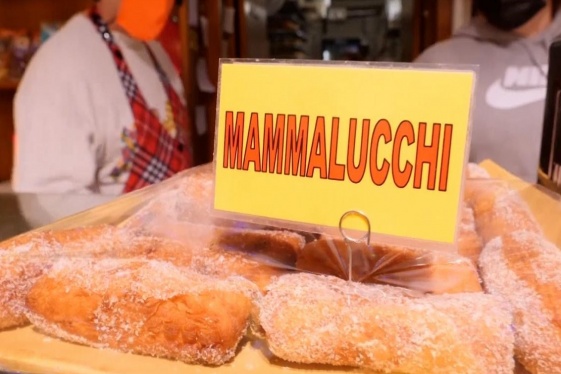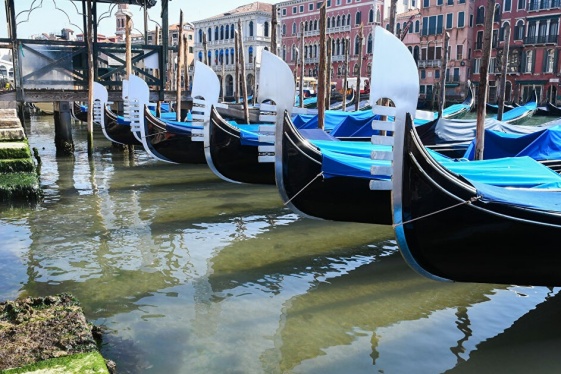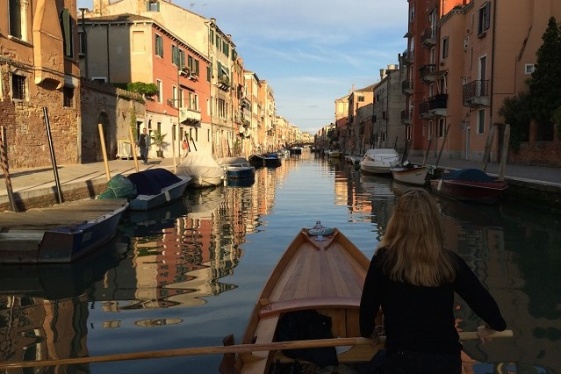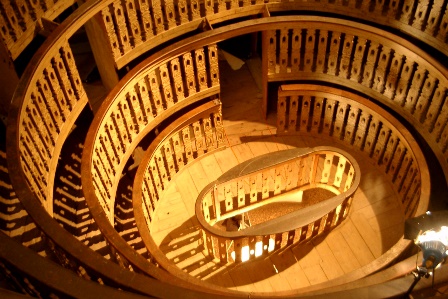

WTI Magazine #63 2015 June, 27
Author : Enrico De Iulis Translation by:
A very interesting initiative began in Padua this month: the opening to the public of two historical headquarters of the University, two jewels of rationalist architecture and art from the early twentieth Italian century. The dean Giuseppe Zaccaria continues to promote activities to attract the public of art and history lovers through expansions, renovations and new solutions.
Starting this month, everyone can visit the historical site of Palazzo del Bo' in Padua, which dates back to 1493 when the owner of the Bo' (ox) inn sold the property to the dean of the jurists of the city. Through the following century the building was remodeled and expanded with peaks of pure avant-garde for its time, as the creation of the famous Anatomy Theatre, the first permanent scientific meeting hall in the world, opened in 1595 next to an assembly hall frequented in those years by Galileo Galilei.
The story then restarts in 1932, when Carlo Anti, historical dean of the time, following the building from scratch of the Sapienza University of Rome, announced a competition for the construction of Liviano, the new headquarters of the Faculty of Humanities, and for the modernization of the Palazzo del Bo'. The competition was won by Gio' Ponti, the most eclectic and visionary architect of the time, the future prophet of Italian architecture and design. Ponti promoted the program of integration of the arts that he was so fond of, where everything is personally created and interacts with the extant Renaissance bringing it into the twentieth century with no error or smudge. Examples of this vision are the wall decoration of Massimo Campigli in Liviano and also of his own personal version of the decoration of the "Scala del Sapere" (the Stairs of Knowledge) in Palazzo del Bo', where even the halls of the dean and of the graduations and the reading halls still have even the least particular kept in the shape and in the position desired by Ponti.
This is a journey of cultural tourism with a new perspective, that of the public building which is actually a museum of artistic testimony of the twentieth century, just as the Palace of Justice in Milan or the aforementioned complex of University La Sapienza in Rome. After the wonderful renovation of the Botanical Garden with its new biodiversity greenhouse, this part of the University of Padua reinvents itself as a museum, unleashing precious treasures in accordance with the program of Carlo Anti and Gio' Ponti: a short circuit between Renaissance and modernity that works marvelously.
You may be interested
-
Pavarotti. Il mondo di Big Luciano. Anteprim...
Il mondo di Luciano Pavarotti e la sua grande carriera di cantante lirico rivivranno il 23...
-
'Alone': How Italian town with 1st known viru...
Italy delivered the first shocking confirmation of locally transmitted coronavirus infecti...
-
'Dragon Bones' of Santa Maria e San Donato
The Basilica of Santa Maria e San Donato dates to the seventh century, back when the islan...
-
'I've enjoyed every moment' - USMNT's Gianluc...
Busio moved to Venezia in August 2021, with the club breaking its own transfer record to s...
-
'Italy Stay Strong': What the Coronavirus Eme...
“Venice is in my blood,” says tour guide Nadia Danesin, the founder of Friend in Venice, h...
-
'Mammalucchi': The Venetian pastry delicacy c...
Lovers of the Venice Carnival know it means masks and costumes, but also tasty delicacies...
-
'Nature is taking back Venice': wildlife retu...
Look down into the waters of the Venice canals today and there is a surprising sight – not...
-
'Rowing in Venice is unique - it's the closes...
The gondola is an Italian icon, and tourists around the world dream of taking a trip on on...



